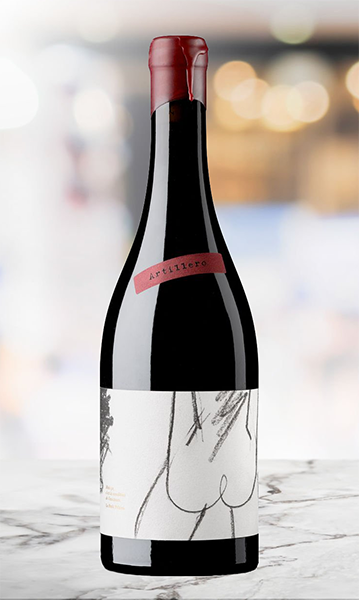Find the Perfect Wine to Pair With Shrimp Scampi
Wine pairing is an art that can be mastered with a little knowledge and practice. It involves selecting the right wine to complement the flavors of a dish, enhancing the overall dining experience. Shrimp scampi sauce is a classic seafood dish that is known for its buttery flavor and lemony kick.
In this blog post, we will explore the best wine pairing options for shrimp scampi sauce, including white, sparkling, red, and other wines.
What Is Shrimp Scampi?
Before we delve into wine pairing, it’s essential to understand the flavors of shrimp scampi sauce. Shrimp scampi is a popular Italian-American dish that typically consists of large shrimp that are sautéed in a garlic and butter sauce, along with white wine, lemon juice, and red pepper flakes. The dish is often served over pasta, such as linguine, and garnished with fresh parsley and grated Parmesan cheese.
The name “scampi” originally referred to a type of small lobster that is found in the Adriatic Sea, but in the United States, the term is often used to refer to large shrimp that are cooked in a similar style. This kind of shrimp is also referred to as Norway Lobster or Dublin Bay Prawn. The dish has become a favorite of seafood lovers due to its rich and buttery flavor, as well as its versatility in terms of the types of pasta and accompanying ingredients that can be used.
When selecting a wine to pair with shrimp scampi sauce, it’s crucial to consider the flavors of the dish. The wine should complement these flavors without overpowering them. A good wine pairing should enhance the taste buds, making the dish more enjoyable.
Factors to Consider When Pairing Wine With Shrimp Scampi
Several factors should be considered when selecting a wine to pair with shrimp scampi sauce, including the acidity, body, and flavor profile. The wine should have a crisp acidity to balance the richness of the dish. It should also have a light to medium body to match the texture of the shrimp scampi sauce.
In terms of flavor profile, the wine should have citrus notes to complement the lemony kick of the sauce. It should also have herbal flavors to balance the garlic and olive oil. Additionally, the wine should have a moderately sweet taste to balance the saltiness of the dish.
White Wine Pairing Options With Shrimp Scampi Dish
White wine is a popular choice for seafood dishes, including shrimp scampi dish. Here are some white wine pairing options to consider:
Sauvignon Blanc
Sauvignon Blanc is a crisp and refreshing white wine that pairs well with many seafood dishes, including shrimp scampi. The citrusy notes of this versatile wine complement the zesty flavors in the dish, while its acidity helps to cut through the richness of the butter and garlic sauce.
When pairing a classic crisp wine like Sauvignon Blanc, with shrimp scampi, look for a bottle that is light-bodied and unoaked, with bright acidity and notes of lemon, lime, and green apple. New Zealand Sauvignon Blanc is a popular choice for this pairing, as it tends to have a strong herbal character that complements the garlic scent and herbs in the buttery sauce.
Pinot Grigio
Pinot Grigio is another popular option among white wines that pairs well with shrimp scampi. Like Sauvignon Blanc, neutral Pinot Grigio is light-bodied and has bright acidity, making it an excellent choice to cut through the richness of the butter and garlic sauce in the dish.
When choosing a Pinot Grigio to pair with shrimp scampi, look for a bottle that is dry, with crisp acidity and subtle fruit flavors. Italian Pinot Grigio from the Veneto region is a classic pairing for shrimp scampi as it has crisp acidity and citrus notes, which complement the lemony kick of the sauce.
Pinot Gris
Pinot Gris is another aromatic white wine that can pair well with shrimp scampi. This wine is similar to Pinot Grigio, but it can have a slightly richer and more complex flavor profile. Its flavors will accompany the buttery and garlicky notes in the dish while also offering a touch of spice and complexity to the pairing.
When selecting a Pinot Gris to pair with shrimp scampi, opt for a bottle that has a medium body and good acidity, with flavors of ripe pear, apple, and a hint of spice. Oregon Pinot Gris is a popular choice for this pairing, as it tends to have a rounder and more full-bodied flavor profile.
Pinot Blanc
Pinot Blanc is a light-bodied white wine with a crisp acidity level. It has citrus and herbal flavors, making it a good match for shrimp scampi sauce. Additionally, it has a slightly oaky flavor, which complements the buttery taste of the dish. This wine has a crisp and refreshing character similar to Pinot Grigio and Sauvignon Blanc, but with a slightly richer and more rounded flavor profile.
If you want to pair crisp white wine, like Pinot Blanc, with shrimp scampi, look for a bottle that has a medium body and a good balance of acidity and fruit flavors. Look for flavors of green apple, pear, and a hint of citrus. Alsatian Pinot Blanc is a classic choice for this pairing, as it has a slightly richer character and can stand up to the richness of the butter and garlic sauce.
Dry Riesling
Dry Riesling is a white wine that can be a great pairing for shrimp scampi. Its crisp acidity and citrusy flavors can complement the garlic and lemon flavors in the dish, while its subtle sweetness can help balance the richness of the butter sauce.
When selecting a Dry Riesling to pair with shrimp scampi, look for a bottle that has a good balance of acidity and fruit flavors. Opt for flavors of lemon, lime, green apple, and stone fruit. German Riesling or Austrian Riesling are classic choices for this pairing, as they tend to have a mineral character that can complement the flavors of the shrimp.
Prosecco
Prosecco is a sparkling white wine that goes very well with shrimp scampi. Its light and refreshing character, combined with its effervescence and acidity, can help cut through the richness of the butter and garlic sauce in the dish and cleanse the palate between bites.
When selecting sparkling wine to pair with shrimp scampi, look for a bottle that is brut or extra-dry, as these styles will be the most food-friendly. Look for fruity flavors of green apple, pear, and citrus, with subtle floral aromas. Italian Prosecco is a classic choice for this pairing, as it has a light and refreshing character that complements the dish without overpowering it.
Red Wine Pairing Options With Shrimp Scampi
Red wine is not typically paired with seafood dishes, but some red wines can complement the flavors of shrimp scampi sauce. Here is one red wine pairing option to consider:
Pinot Noir
If you prefer red wine and want to experiment with pairing it with shrimp scampi, you could consider a light-bodied red with low tannins and good acidity, such as a Pinot Noir.
Pinot Noir is a red wine that is versatile and pairs well with a range of seafood dishes, including shrimp scampi. Look for a bottle that is light-bodied and has bright acidity, with an intense fruity flavor of red fruit such as cherry and raspberry. Pinot Noir from Oregon or Burgundy can be good options to pair with shrimp scampi, as they tend to have a lighter and more delicate flavor profile.
The Bottom Line
Wine pairings are an essential part of the dining experience, enhancing the flavors of a dish and making it more enjoyable. When it comes to shrimp scampi sauce, white wine, sparkling white wine, and Pinot Noir are excellent pairing options. Additionally, other wines, such as dry Riesling, can also complement the flavors of the dish.
Keep in mind the acidity, body, and flavor profile of the wine when selecting a pairing option. With these wine pairing tips, you can savor the taste of shrimp scampi sauce to the fullest.




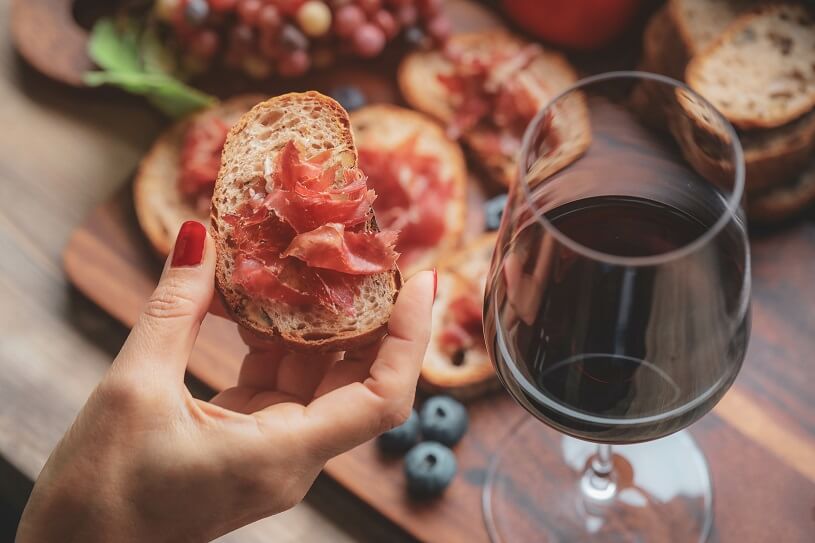
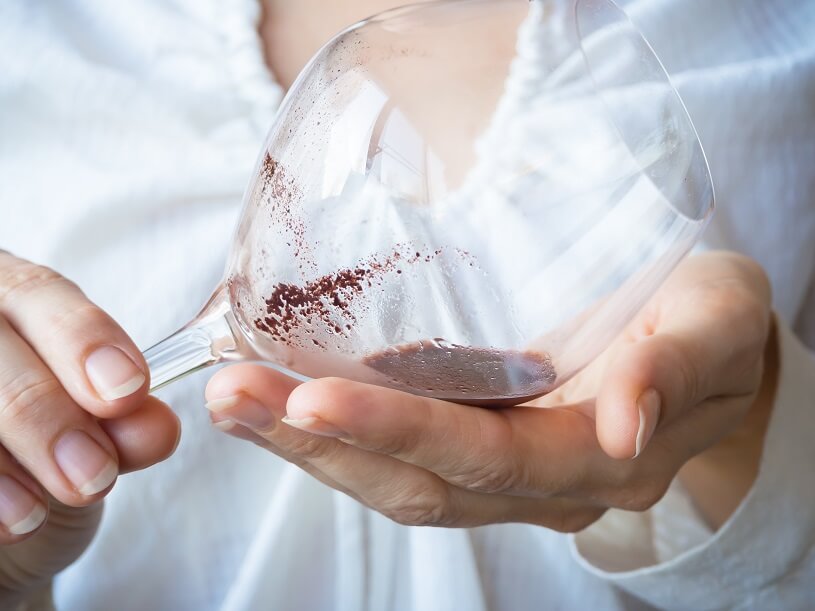
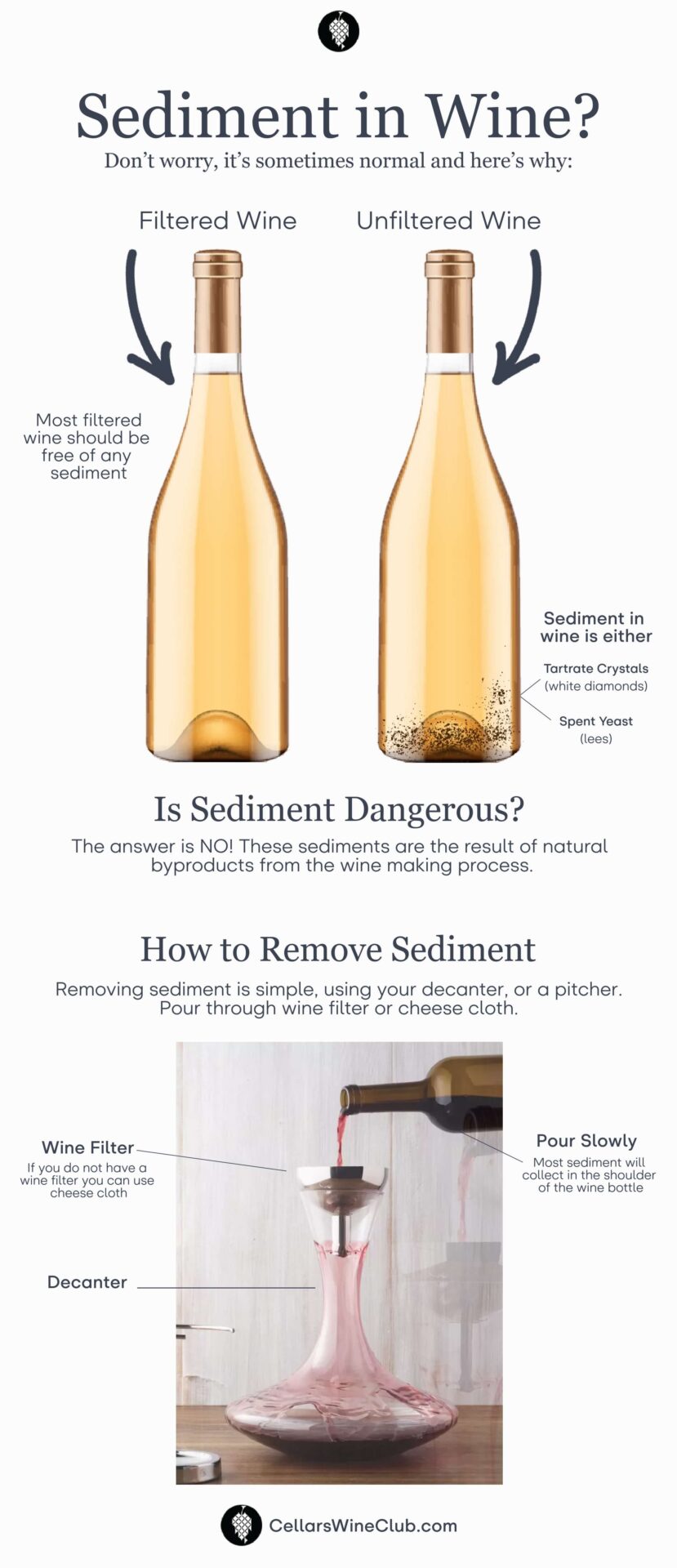
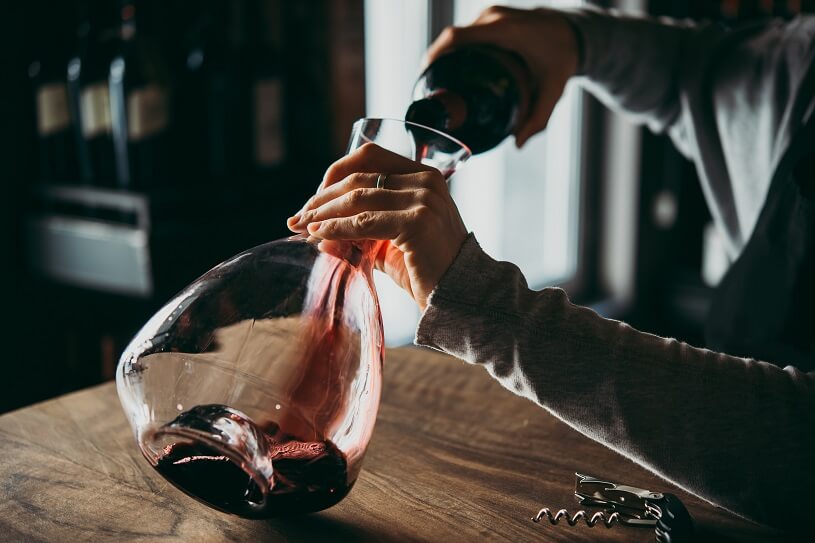



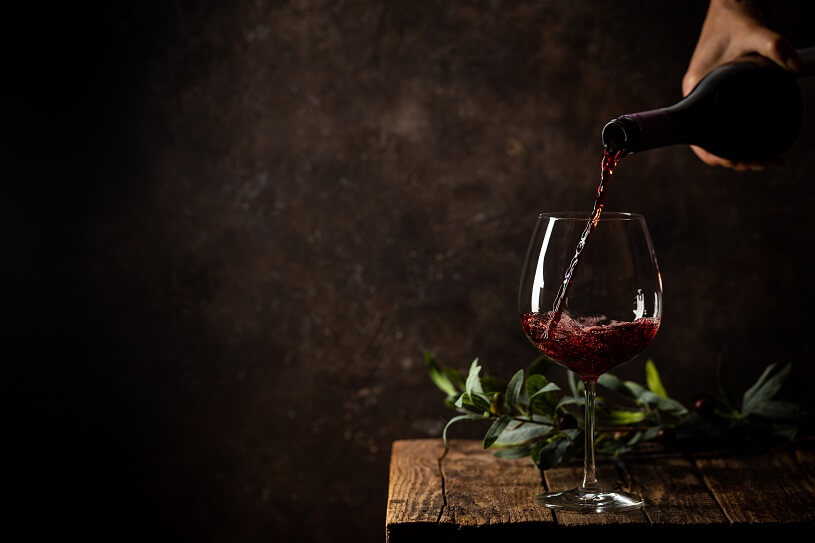
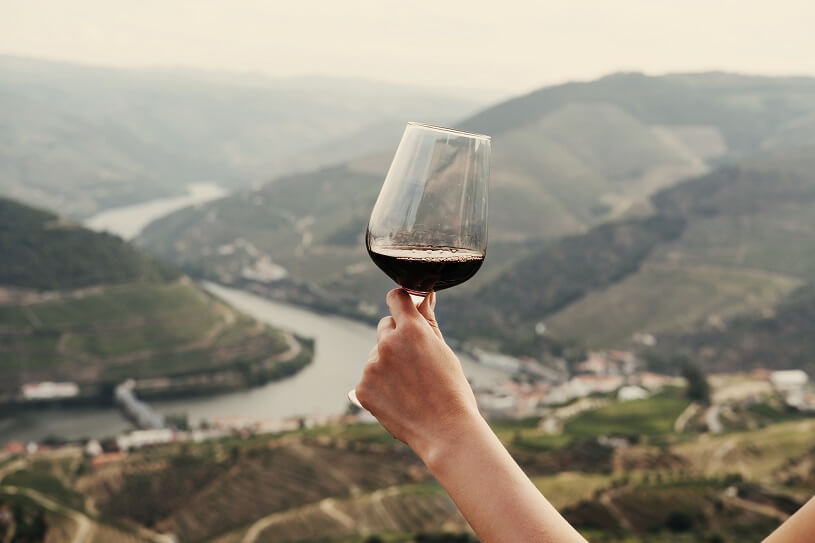

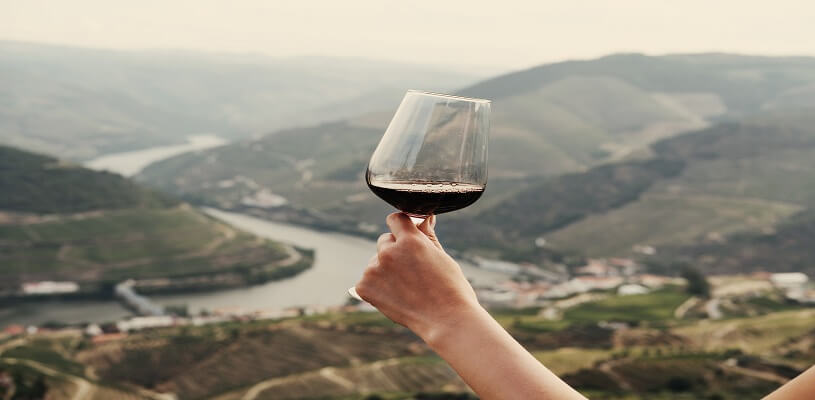







 From flavor-enhancing whites to balancing light reds, here are a few examples of the best wines good with salmon.
From flavor-enhancing whites to balancing light reds, here are a few examples of the best wines good with salmon.


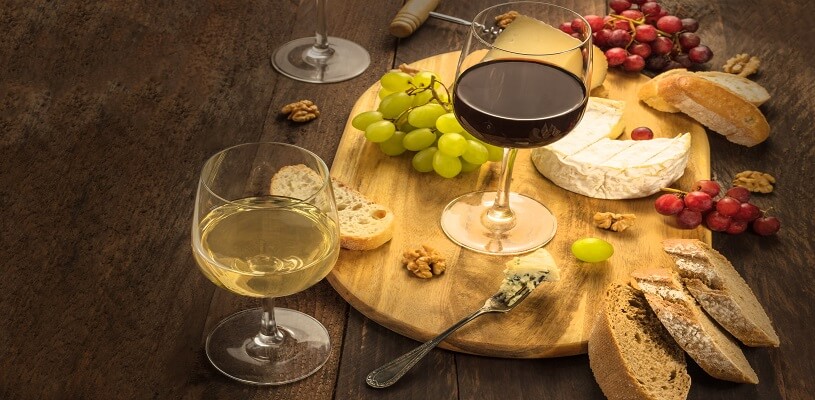


 The light-bodied and earthy
The light-bodied and earthy 


